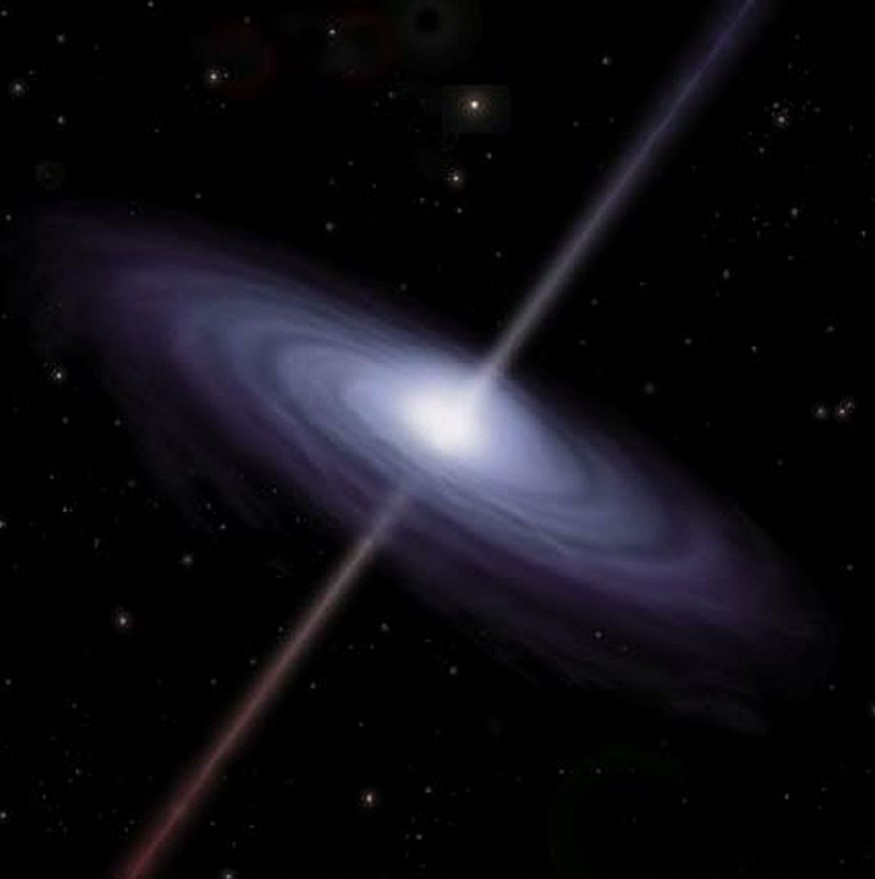
A groundbreaking discovery in astronomy has revealed a nearby source of powerful gamma rays that challenges previous assumptions about where these high-energy emissions come from.
Scientists have identified the microquasar V4641 Sagittarii, located about 20,000 light-years from Earth in the constellation Sagittarius, as an intense emitter of gamma rays. This discovery suggests that smaller black holes can produce energetic radiation, similar to that of much larger, more distant quasars.
V4641 Sagittarii is part of a binary system where a black hole, with a mass six times that of our Sun, is consuming material from a neighboring star three times the mass of the Sun.
As the black hole devours this material, it creates intense radiation comparable to that of a cosmic particle accelerator. Researchers have detected photons from this microquasar with astonishing energies of up to 200 teraelectronvolts (TeV), according to Nature. To put this into perspective, this energy level is 200 trillion times more powerful than visible light.
Sabrina Casanova, an astrophysicist at the Institute of Nuclear Physics Polish Academy of Sciences, remarked, "Photons detected from microquasars have usually much lower energies than those from quasars. We have observed something quite incredible: photons from a microquasar in our galaxy carrying energies tens of thousands of times higher than typical."
Detecting High-Energy Gamma Rays
The High-Altitude Water Cherenkov (HAWC) observatory in Mexico played a crucial role in this discovery. The observatory consists of 300 large tanks filled with purified water designed to detect high-energy particles from space.
When these particles enter a tank, they generate Cherenkov radiation, which is recorded by sensitive detectors. This method allows scientists to trace the origin and energy levels of cosmic particles.
Xiaojie Wang, a physicist involved in the analysis, explained, "No gamma-ray source has been identified nor analyzed in this region. So I seized the opportunity and led the analysis."
The effort revealed V4641 Sagittarii as a significant source of gamma rays, producing radiation levels typically associated with quasars, which are much larger and further away.
© 2025 NatureWorldNews.com All rights reserved. Do not reproduce without permission.





